
Onions are a staple ingredient in countless recipes, so they’re a common sight in any kitchen and a must-have for every garden. Luckily, growing them is relatively easy – but even the simplest things can go wrong! As you slide through, you’ll find the mistakes you must avoid for a bountiful harvest. You’ll also find several ways that’ll help you save your time, resources, and energy.
Planting at the Wrong Time
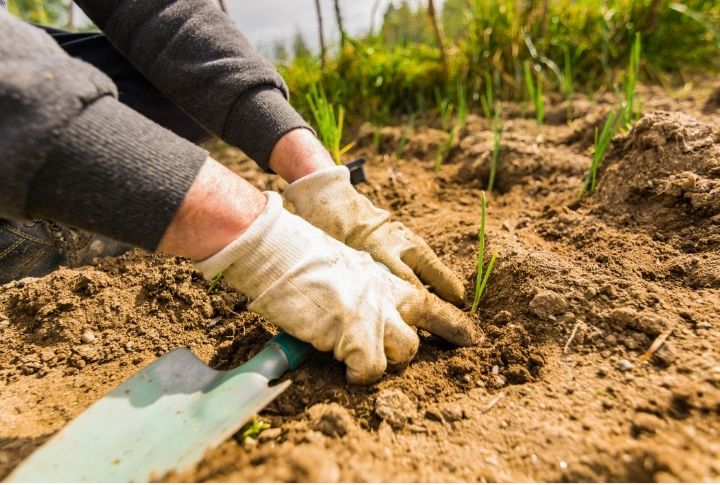
The best time to plant onions depends on your local climate, but they often perform best in early spring or late fall. If planted too fast in cold soil, they may struggle to germinate or grow poorly, resulting in stunted bulbs. Likewise, late planting can reduce bulb size and cause premature bolting, where the plants flower prematurely instead of forming bulbs.
Not Preparing the Soil
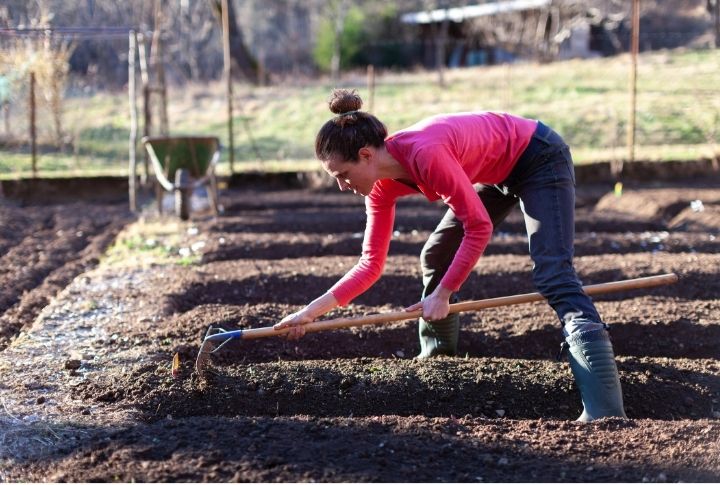
Ignoring soil preparation is inviting trouble on purpose, as poorly drained soil leads to root rot, while compact areas limit bulb development. You can loosen it with organic matter, mix in compost for nutrients, and take careful steps to ensure proper drainage.
Ignoring the pH Level of the Soil
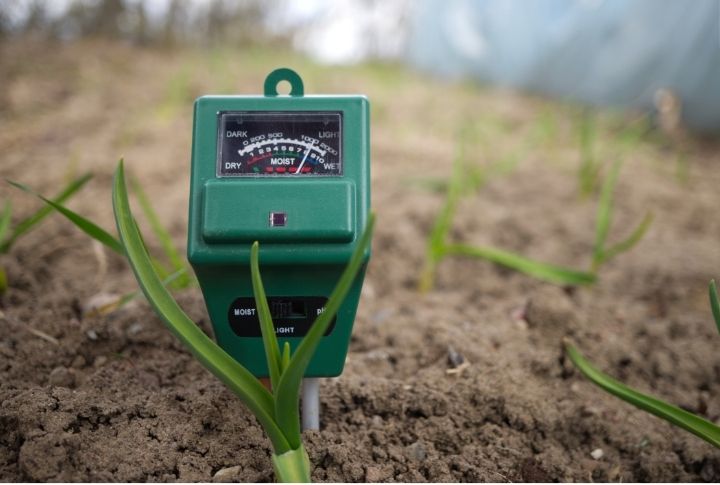
pH affects nutrient availability, growth, and overall health of the plants. A pH of 6.0 to 7.0 is best for onions as they prefer slightly acidic soil. You can use a testing kit available at garden centers to get this. If it is too low, add lime to increase it; if it is too high, add sulfur to decrease it.
Planting Onions in Compacted or Waterlogged Soil
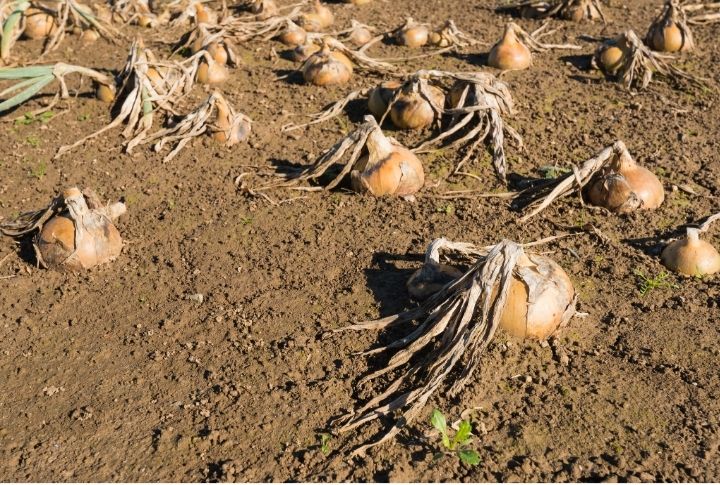
Hard soil often hinders root extension and nutrient absorption for all crops, reducing the overall yield. Worse still, flooded areas can lead to rot and fungal diseases in onions. To improve drainage and aeration, the soil can be loosened with a garden fork or tiller.
Planting Onions Too Closely Together
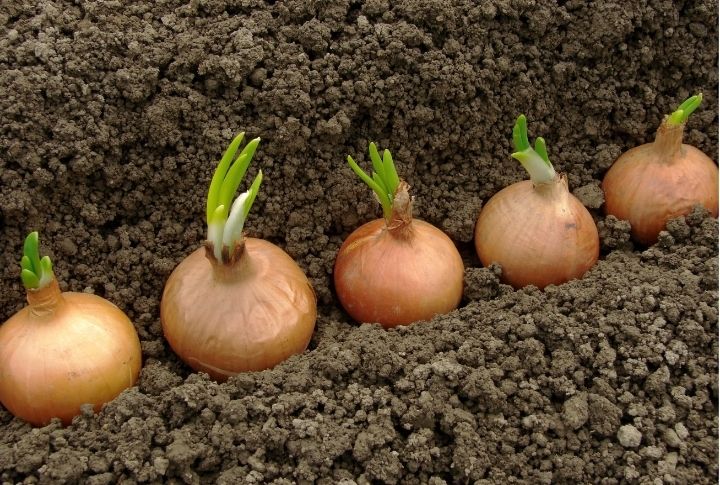
Overcrowded plants compete for water and nourishment, which causes them to take longer to mature. It’s best to plant onions about 4-6 inches apart in rows spaced 12-18 inches from each other for proper air circulation throughout the bed.
Not Providing Enough Sunlight
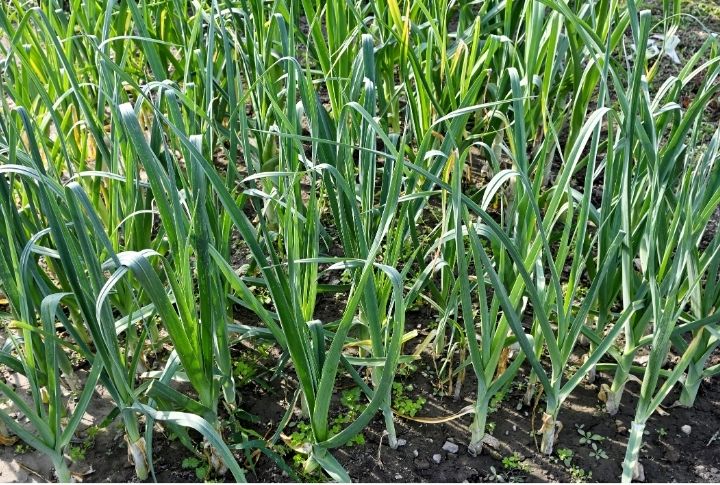
To thrive, onions require total sun exposure for at least 6-8 hours daily. Without enough light, they may become leggy and produce smaller bulbs. Experts advise growing them in a sunny place where nearby trees or structures will not obstruct them.
Overwatering or Underwatering
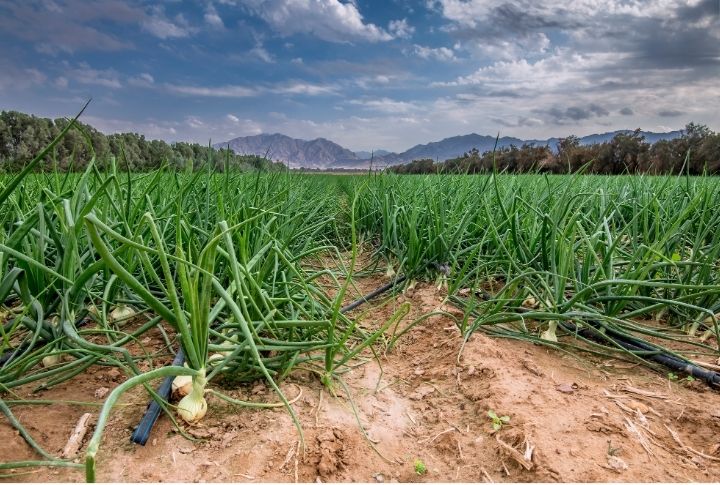
Onions prefer consistently moist soil but are vulnerable to rot if it becomes waterlogged. Conversely, inadequate moisture can cause stress and result in smaller bulbs. To prevent issues, water onions well but infrequently. It is vital to allow the soil to dry slightly between waterings. You can also mulch around plants to retain moisture and maintain optimal levels.
Planting Where Other Alliums Have Recently Grown
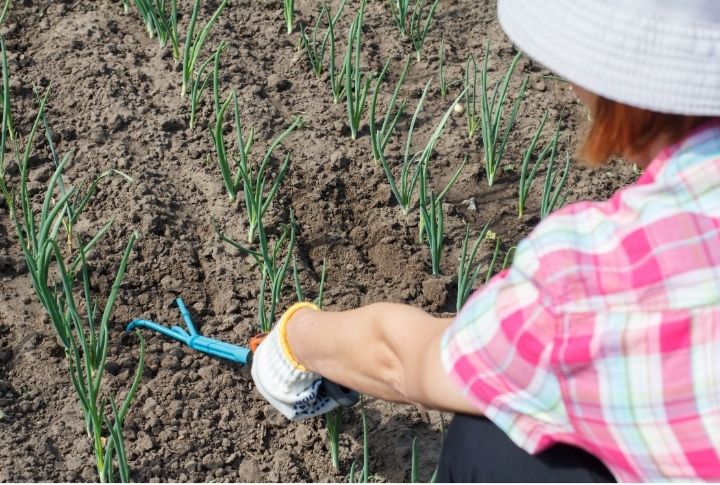
The soil where similar crops like garlic have grown may harbor diseases that can quickly spread among others of the same family. Besides, the previous plants may have reduced the essential nutrients needed for healthy growth. Lastly, rotation prevents soil exhaustion and maintains fertility, leading to better yields.
Placing Onions Too Shallow or Too Deep in the Soil
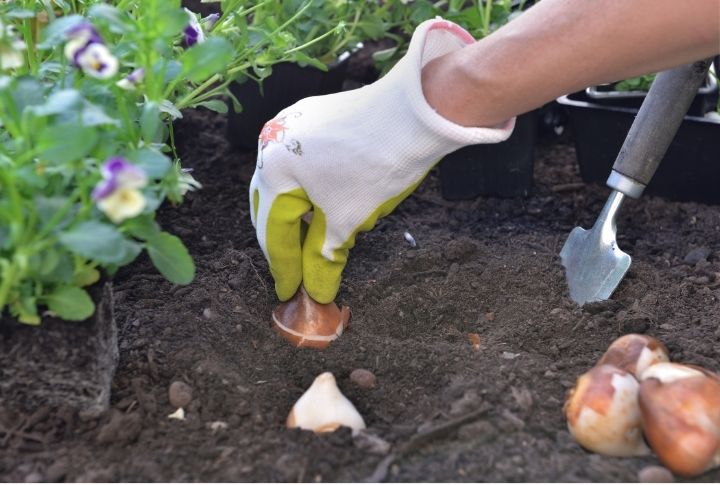
Shallow planting exposes bulbs to drying out and may lead to sunburn while shoving them too deep in the soil makes their roots struggle to sprout and reduces the bulb size. To get the best results, plant onions about 1 inch deep just below the surface.
Not Weeding Regularly
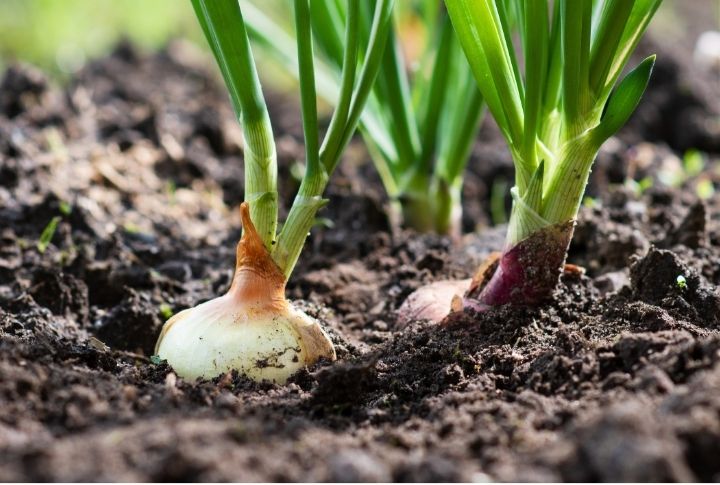
Neglecting this important aspect can hinder maturing because your crops now have to compete with outsiders for nutrients, water, and sunlight. Weeds can also attract pests and diseases that damage onion plants. You can pull them regularly to maintain a weed-free garden bed, especially when they’re small and easy to remove.
Allowing Pests to Run Riot
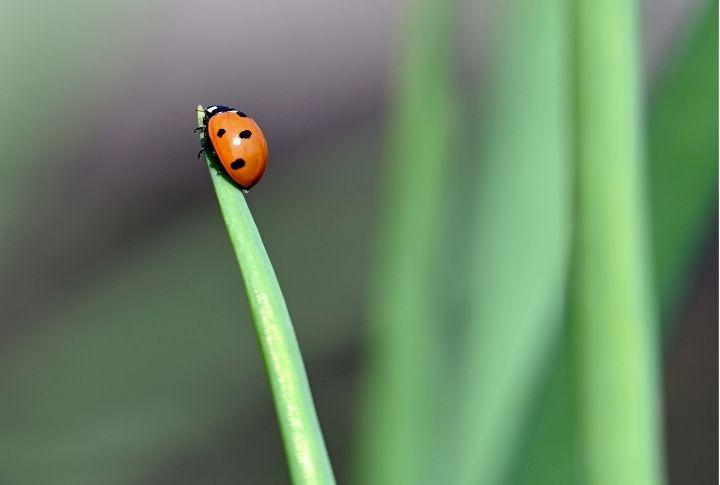
Onion thrips or maggots can negatively affect their quality. They feed on the foliage and bulbs, causing wilting, yellowing, and rot. Use insecticidal soap or a neem oil and water solution to control them. Also, growing beneficial insects like ladybugs or lacewings alongside companion plants like marigolds can help repel pests.
Not Thinning Out Onion Seedlings
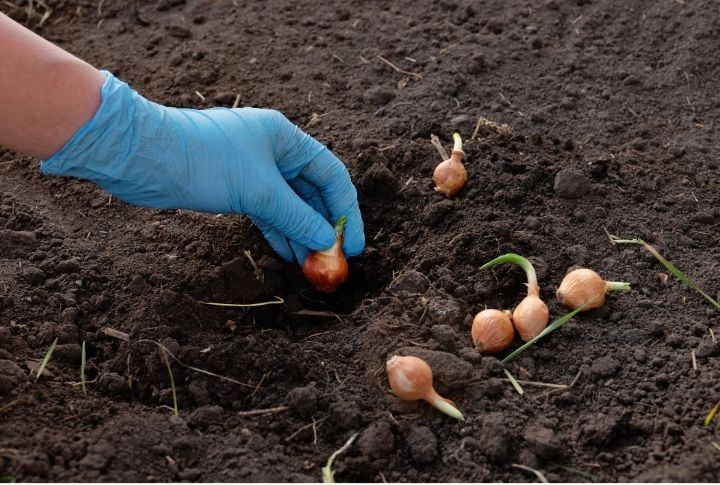
Even without putting them too closely together, onions sprout later, so you’ll have to thin them to prevent competition. To thin seedlings, gently pull out excess plants, leaving a space of about 4-6 inches between the remaining onions.
Over Fertilizing
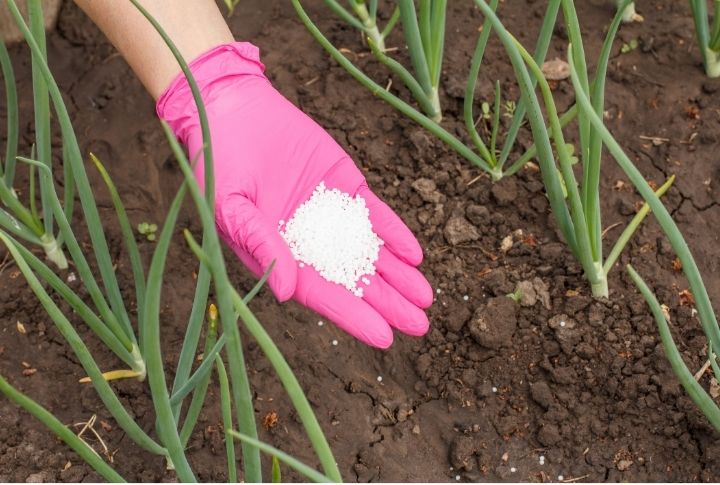
Excessive use of fertilizers such as nitrogen can hinder bulb development, leading to smaller onions. It can also affect their taste and storage quality. You can practice appropriate fertilization by following recommended guidelines and conducting soil tests to ensure a healthy crop.
Not Providing Adequate Drainage
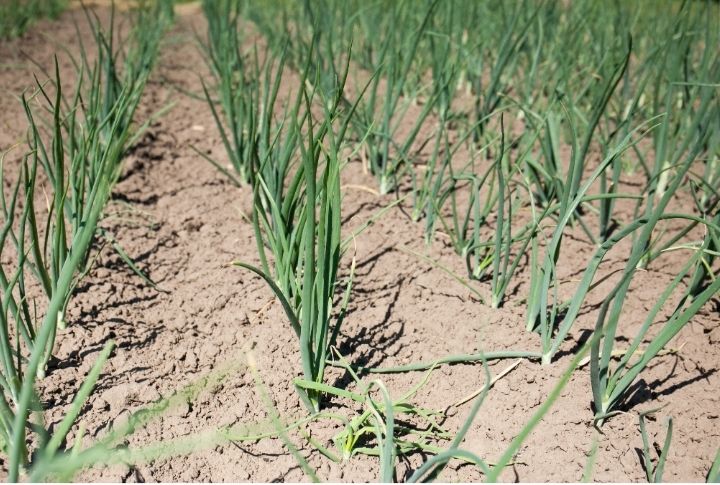
Without proper water runoff, the soil becomes too full for the onions, leading to root rot and stunted growth. It’s like drinking a gallon of water thrice daily. To avoid this mistake, use raised beds or containers with holes to allow the excess to escape.
Harvesting Too Early or Too Late

If you pick your onions early, you should expect small bulbs, and waiting too long means you’ll reap overripe, mushy ones that may spoil easily or breed diseases. To determine the right time, monitor the tops for signs of yellowing and bending over. Once the tops have dried, gently lift them from the soil and let them cure in a warm and dry place.
Improper Storage After Harvest
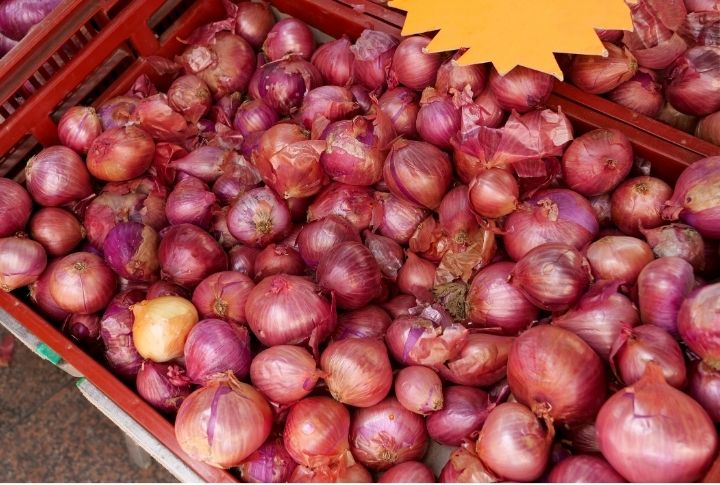
Keep onions in a cool, dry, and well-ventilated place away from sunlight. Mesh bags and crates are perfect examples of suitable environments because they provide the proper air circulation to prolong their shelf life. Avoid keeping them with potatoes or fruits, as they release gasses that can cause them to spoil.

Comments
Loading…